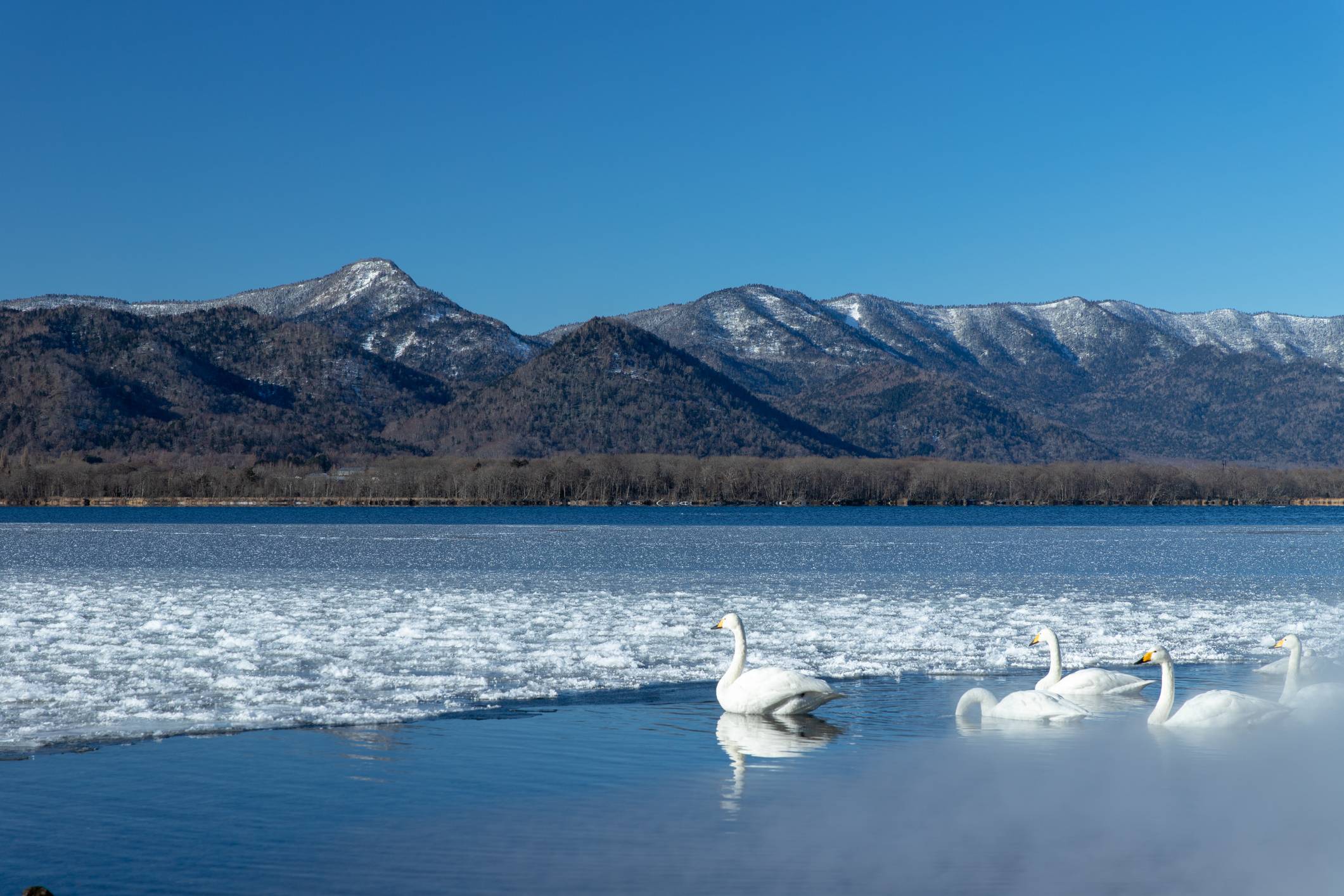Old Japan was not rich in paths to a new life. Where could you go? Into the forest? Yes, and many desperate peasants did — illegally, for until modern times movement was rigidly restricted. Born to the status you occupied, bound to the land you worked, you fled your lord’s ruthless and insatiable tax hunger at your peril. Checkpoints aside, this is a narrow, mountainous country. Forests to be cleared and made arable were limited.
Far, far to the north, there loomed a shadowy, misty, savage land called Ezo. Was it an island? Part of Siberia? A very few hardy desperados crossed the sea to it, beginning in the 15th century, surviving, sometimes prospering, as fur traders, gold prospectors, merchants and fishermen. Of agriculture in those early days we hear almost nothing. The native Ainu thrived on a hunting-gathering economy that persisted almost unchanged over thousands of years. What need had they of progress? The land was bountiful. The spirits were kindly. Needs were few, wants were simple. To the rapacious settlers, this very equanimity proved the “savagery” of their new neighbors. Still, relations seem to have been friendly. The Ainu called the newcomer “shamo” — “good neighbor.” Trade grew — Japanese knives, rice, sake and cloth in exchange for salmon and animal skins.
War was scarcely known among the Ainu. They were apolitical and non-tribal. Huts clustered into little units called “kotan,” each under its chief, were as far as their social organization went, as far as it needed to go. The chief was leader of the hunt, master of religious ceremonies, judge in disputes requiring arbitration — a powerful, sometimes despotic man, but decidedly not a warrior.


















With your current subscription plan you can comment on stories. However, before writing your first comment, please create a display name in the Profile section of your subscriber account page.